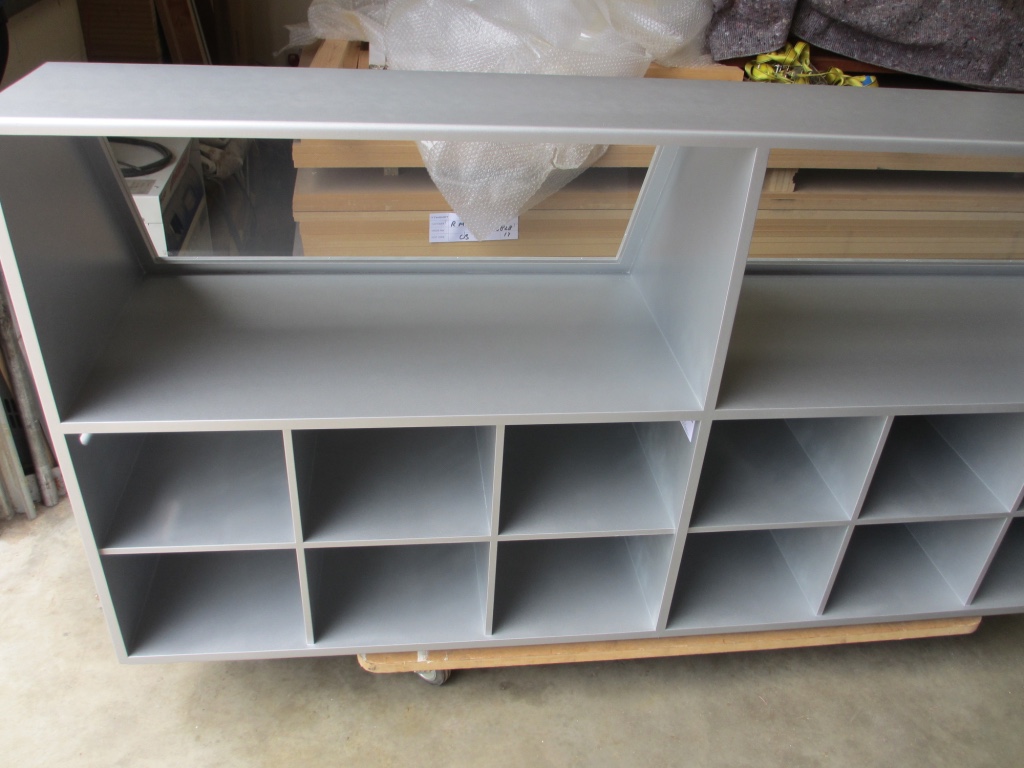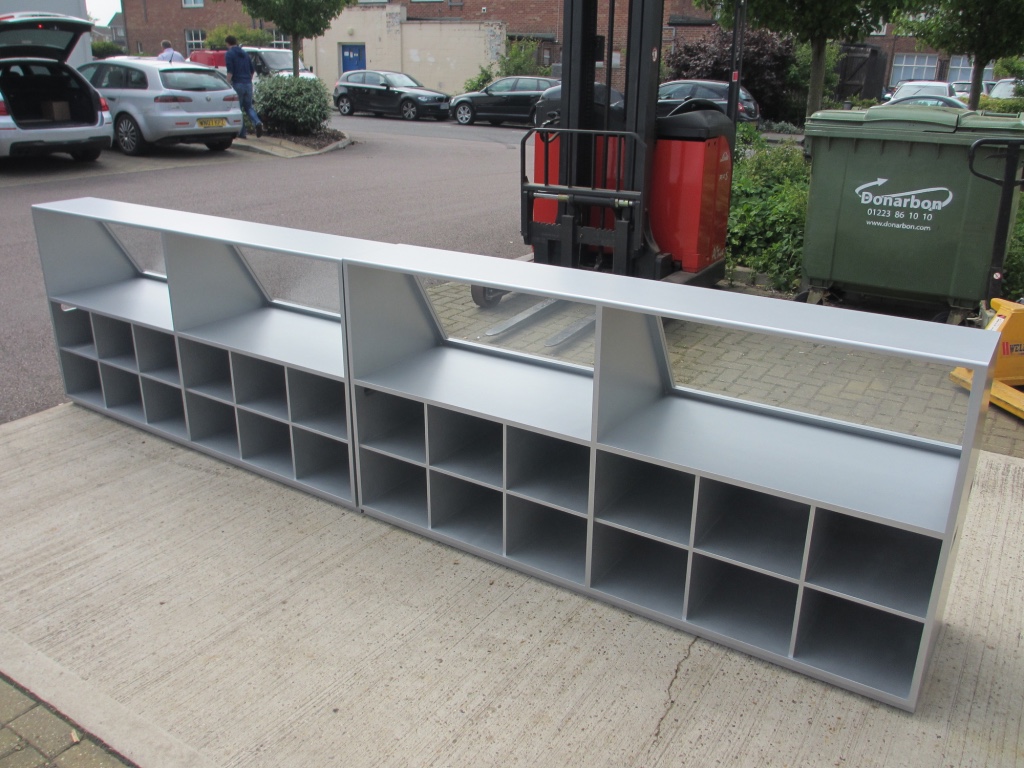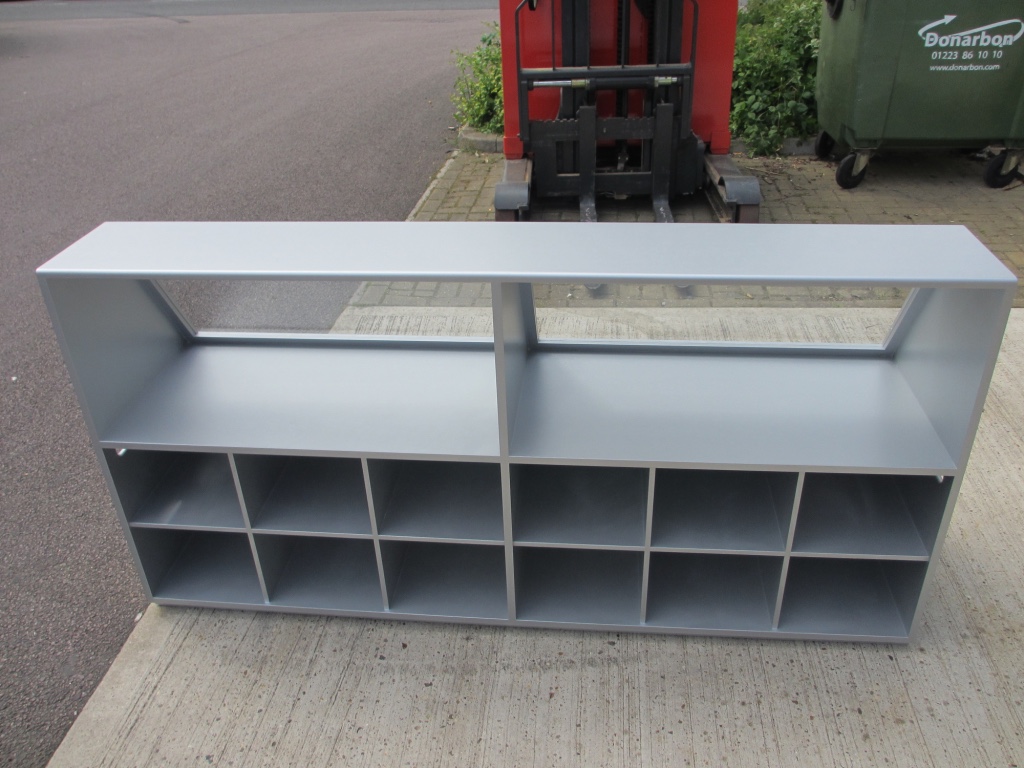F1 Cabinet Design and Functionality

F1 cabinets, named after the prestigious Formula One racing series, are known for their sleek design and innovative features. Unlike traditional cabinets, F1 cabinets prioritize functionality and efficiency, offering a unique approach to storage solutions. This approach emphasizes maximizing space utilization, minimizing weight, and enhancing accessibility, making them ideal for various applications, from garages and workshops to offices and homes.
Design Features and Functionality
F1 cabinets are engineered to maximize space utilization and minimize weight. This is achieved through a combination of design features that distinguish them from traditional cabinets.
- Lightweight Materials: F1 cabinets are often constructed from lightweight materials such as aluminum, steel, or composites. These materials provide strength and durability while minimizing weight, making the cabinets easier to move and install.
- Modular Design: Many F1 cabinets feature a modular design, allowing users to customize their storage needs by adding or removing modules as required. This flexibility ensures the cabinets can adapt to changing storage requirements.
- Ergonomic Design: F1 cabinets often incorporate ergonomic features, such as adjustable shelves and pull-out drawers, to improve accessibility and ease of use. These features enhance user comfort and reduce strain during access.
- Smart Storage Solutions: F1 cabinets frequently include innovative storage solutions, such as integrated tool organizers, retractable work surfaces, and integrated lighting. These features enhance functionality and provide a more organized and efficient storage environment.
Optimization of Storage Space
F1 cabinets optimize storage space through various design features and techniques:
- Vertical Space Utilization: F1 cabinets maximize vertical space utilization by incorporating tall cabinets with multiple shelves and drawers. This allows for efficient storage of a wide range of items without sacrificing floor space.
- Slim Profile Design: F1 cabinets often feature a slim profile design, maximizing floor space and allowing them to fit into tight spaces. This is particularly useful in smaller garages or workshops.
- Integrated Storage Solutions: F1 cabinets frequently integrate specialized storage solutions, such as tool organizers, pegboards, and hanging systems. These features provide a dedicated space for specific items, enhancing organization and accessibility.
Comparison with Traditional Cabinets
F1 cabinets differ significantly from traditional cabinets in several key aspects:
- Focus on Functionality: F1 cabinets prioritize functionality and efficiency over aesthetics. They are designed to maximize storage space, minimize weight, and enhance accessibility.
- Materials and Construction: F1 cabinets are often constructed from lightweight and durable materials such as aluminum, steel, or composites. Traditional cabinets, on the other hand, may use heavier materials like wood or particleboard.
- Modular Design: Many F1 cabinets feature a modular design, allowing users to customize their storage needs. Traditional cabinets typically have a fixed design and cannot be easily modified.
Common Materials Used in F1 Cabinet Construction
F1 cabinets are constructed from various materials, each offering specific advantages:
- Aluminum: Aluminum is a lightweight, durable, and corrosion-resistant material commonly used in F1 cabinet construction. It provides excellent strength-to-weight ratio and is easy to maintain.
- Steel: Steel is a strong and durable material that can withstand heavy loads. It is often used for F1 cabinets requiring high load capacity, such as those designed for industrial applications.
- Composites: Composites are lightweight, strong, and versatile materials often used in F1 cabinet construction. They offer excellent resistance to impact and corrosion, making them suitable for demanding environments.
F1 Furniture for Racing Teams

Formula 1 racing teams operate in a high-pressure, fast-paced environment where efficiency and precision are paramount. The furniture used in their garages and workshops plays a crucial role in supporting these operations, enabling teams to work effectively and maintain a competitive edge.
Furniture for F1 Racing Teams
The furniture used in F1 team garages and workshops is specifically designed to meet the unique demands of the sport. It must be durable, lightweight, and adaptable to accommodate the constant changes and challenges of a racing season.
Durable and Lightweight Furniture
F1 furniture needs to withstand the rigors of a racing environment, which includes frequent transportation, exposure to various weather conditions, and the constant movement of equipment and personnel. Therefore, furniture made from high-quality materials like aluminum, carbon fiber, and high-density polyethylene is preferred. These materials are both durable and lightweight, making them ideal for the fast-paced nature of F1.
Essential Furniture Items for F1 Racing Teams
F1 teams require a variety of furniture to support their operations, including:
- Workbenches: These are essential for mechanics and engineers to work on the cars, providing a stable and organized workspace. Workbenches are often equipped with integrated tool storage, adjustable heights, and specialized features for specific tasks.
- Tool Cabinets and Carts: These provide organized storage for tools, parts, and equipment, ensuring that everything is easily accessible and readily available. They are typically made from durable materials and designed for easy mobility, allowing teams to move them around the garage as needed.
- Storage Cabinets: These are used to store spare parts, tires, and other equipment, keeping them protected and organized. F1 teams often use specialized storage cabinets with adjustable shelves and drawers to accommodate different sizes and shapes of items.
- Seating: Comfortable and ergonomic seating is crucial for mechanics and engineers who spend long hours working on the cars. Racing teams use specialized chairs that offer adjustable heights, lumbar support, and durable upholstery.
- Data Analysis Stations: These are essential for analyzing race data and making real-time adjustments to the car’s performance. They typically consist of high-performance computers, large monitors, and specialized software for data visualization and analysis.
Furniture Categories Based on Function
F1 furniture can be categorized based on its function:
- Storage Furniture: This includes tool cabinets, storage cabinets, and parts bins, designed to keep equipment and materials organized and easily accessible.
- Workstation Furniture: This includes workbenches, data analysis stations, and computer desks, providing dedicated workspaces for mechanics, engineers, and data analysts.
- Seating Furniture: This includes chairs, stools, and couches, providing comfortable and ergonomic seating for team members during long hours of work.
F1 Cabinet and Furniture Trends: F1 Cabinets And Furniture

The realm of Formula 1 racing is a constant battleground for innovation, where every millisecond counts and every gram of weight matters. This relentless pursuit of performance extends to the equipment used by teams, including cabinets and furniture. As technology advances and sustainability gains prominence, F1 cabinets and furniture are undergoing a transformation, reflecting the sport’s evolving demands.
Technological Advancements in F1 Cabinet Design
The integration of technology into F1 cabinets is enhancing their functionality and efficiency.
- Data Integration and Visualization: F1 teams are leveraging data analytics to optimize performance. Cabinets are incorporating interactive displays, touchscreens, and data visualization tools to provide real-time insights into race data, telemetry, and driver performance. This enables teams to make faster and more informed decisions during races.
- Automated Storage and Retrieval: To streamline operations and minimize downtime, F1 teams are adopting automated storage and retrieval systems (AS/RS) in their cabinets. These systems use robotics and software to manage inventory, ensuring that critical parts and tools are readily accessible during pit stops and repairs.
- Remote Monitoring and Control: Remote monitoring and control capabilities are becoming increasingly prevalent in F1 cabinets. Teams can now track the status of their equipment, adjust settings, and even remotely access data from their cabinets, regardless of their location. This allows for greater flexibility and efficiency in managing their operations.
Sustainability in F1 Cabinet Design
F1 teams are recognizing the importance of sustainability and are incorporating eco-friendly practices into their cabinet design.
- Lightweight Materials: Reducing weight is paramount in F1, and teams are exploring lighter and more sustainable materials for their cabinets. Carbon fiber, aluminum alloys, and composites are being used to create durable yet lightweight cabinets that minimize environmental impact.
- Energy Efficiency: F1 cabinets are being designed with energy efficiency in mind. LED lighting, smart power management systems, and energy-efficient appliances are being implemented to reduce energy consumption and minimize the carbon footprint of the teams’ operations.
- Recyclable Materials: Teams are increasingly using recyclable materials in their cabinets. This includes opting for recycled plastics, metals, and other materials that can be easily processed and reused, promoting a circular economy approach.
Futuristic F1 Cabinet Concept, F1 cabinets and furniture
Envision a futuristic F1 cabinet that seamlessly integrates technology and sustainability. This cabinet would feature:
- Holographic Displays: A holographic display system would project three-dimensional visualizations of race data, car performance, and driver telemetry, providing a truly immersive experience for the team.
- AI-Powered Assistance: Artificial intelligence would be integrated into the cabinet to analyze data, identify potential issues, and suggest solutions, assisting the team in making optimal decisions.
- Self-Healing Materials: The cabinet would be constructed using self-healing materials that can repair minor scratches or dents, extending its lifespan and reducing waste.
- Solar-Powered Operation: The cabinet would be equipped with solar panels to generate renewable energy, reducing reliance on traditional power sources.
Adaptation of F1 Cabinet Design for Other Industries
The innovative design principles and technologies employed in F1 cabinets can be readily adapted to other industries, such as automotive and aerospace.
- Automotive Manufacturing: F1 cabinets’ advanced storage systems, data visualization tools, and remote monitoring capabilities can be applied to automotive manufacturing plants to optimize production processes, track inventory, and improve efficiency.
- Aerospace Engineering: The lightweight materials, energy-efficient designs, and sophisticated data analytics used in F1 cabinets can be leveraged in aerospace engineering to develop lighter and more fuel-efficient aircraft, contributing to sustainable aviation.
F1 cabinets and furniture are known for their sleek designs and durable construction, making them a popular choice for various applications. But what about using them in the bathroom? You might wonder, can I use kitchen cabinets for bathroom vanity ?
While F1 cabinets are designed for the kitchen, their adaptability and versatility might surprise you. Consider their potential for bathroom vanities, as they can offer a stylish and functional solution.
F1 cabinets and furniture are known for their sleek designs and functionality, often incorporating innovative storage solutions. This same principle applies to bathroom organization, where a tall bathroom storage cabinet with drawers can transform a cluttered space into a well-organized haven.
The drawers provide ample space for toiletries, towels, and other bathroom essentials, mimicking the streamlined storage approach often found in F1 cabinets and furniture.
